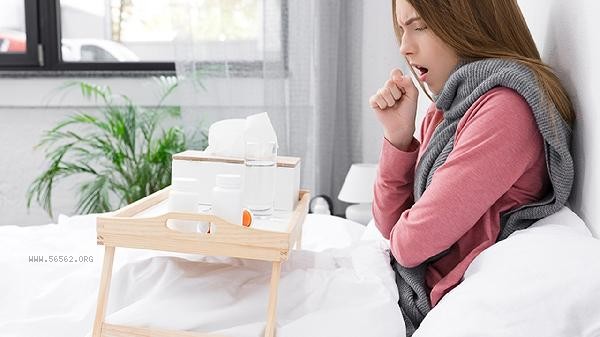The main results that meet the diagnosis of asthma in pulmonary function tests include positive bronchodilation test, increased variability of peak expiratory flow rate, positive bronchial provocation test, decreased forced expiratory volume in the first second, and decreased maximum mid expiratory flow rate. These indicators need to be comprehensively judged based on clinical symptoms.

1. Positive bronchial dilation test:
The bronchial dilation test is a core indicator for diagnosing asthma. If the improvement rate of forced expiratory volume in the first second after inhaling bronchodilators is ≥ 12% and the absolute value increases by ≥ 200 milliliters, it is considered positive. This result reflects the characteristics of reversible airway obstruction, with about 70% of asthma patients showing positive reactions. Short acting bronchodilators should be discontinued for 6 hours and long-acting agents for 24 hours before the examination to avoid false negative results.
2. Increased variability of peak expiratory flow rate:
A diurnal variability of peak expiratory flow rate exceeding 20% indicates airway hyperresponsiveness and is a typical manifestation of asthma. Patients need to measure the highest value three times in the morning and three times in the evening, and monitor continuously for two weeks. The calculation method for variability rate is highest lowest value/highest value x 100%. This indicator has significant diagnostic value for atypical asthma, especially for children and elderly patients.
3. Positive bronchial provocation test:

induces airway contraction by inhaling irritants such as acetylcholine or histamine, and is judged positive when the forced expiratory volume decreases by ≥ 20% in the first second. The sensitivity of this examination is 85%, but it needs to be performed when lung function is normal. A positive result indicates the presence of airway hyperresponsiveness, but recent respiratory infections and other interfering factors need to be ruled out.
4. Decreased forced expiratory volume in the first second:
Asthma patients often have a forced expiratory volume in the first second that is lower than 80% of the expected value, reflecting persistent airflow limitation. This indicator is related to the severity of the condition, with moderate asthma ranging from 60% to 80% and severe asthma below 60%. However, it should be noted that diseases such as chronic obstructive pulmonary disease can also cause abnormalities in this indicator.
5. Decrease in maximum mid expiratory flow:
Maximum mid expiratory flow can sensitively reflect small airway lesions, and in asthma patients, this indicator often drops below 65% of the expected value. In patients with early asthma or remission, abnormalities in this indicator may occur earlier than the first second forced expiratory volume change, which is of great value for screening atypical asthma.

Diagnosis of asthma should be combined with typical symptoms such as recurrent wheezing and shortness of breath. It is recommended to choose a respiratory department from a tertiary hospital for lung function testing. Daily exposure to allergens such as pollen and dust mites should be avoided, and inhaled hormones such as budesonide should be used in a standardized manner to control inflammation. Lung function should be monitored regularly. Salbutamol can be used to alleviate symptoms during acute attacks, but if more than 3 bottles of short acting bronchodilators are used each year, caution should be taken against poor disease control. It is recommended that asthma patients have their lung function rechecked every 3-6 months, keep warm in winter to prevent respiratory infections, and engage in moderate aerobic exercise such as swimming to improve lung function.








Comments (0)
Leave a Comment
No comments yet
Be the first to share your thoughts!